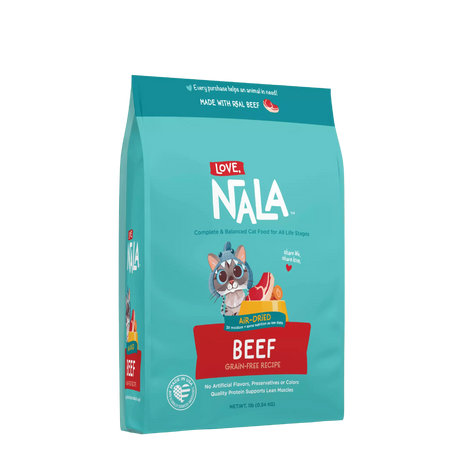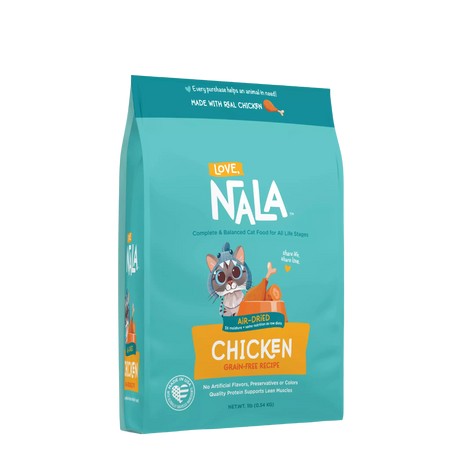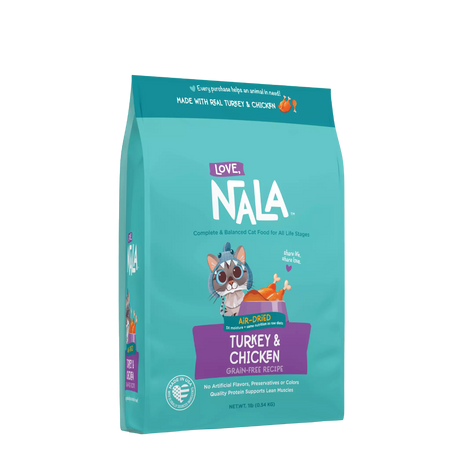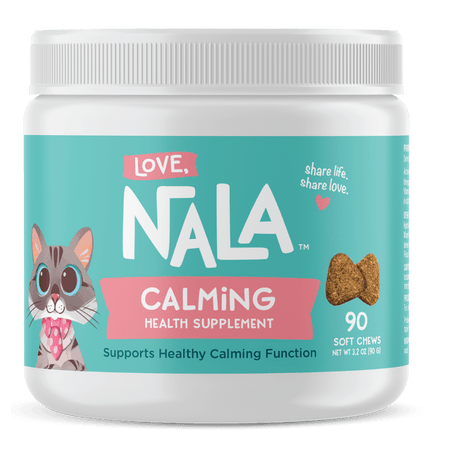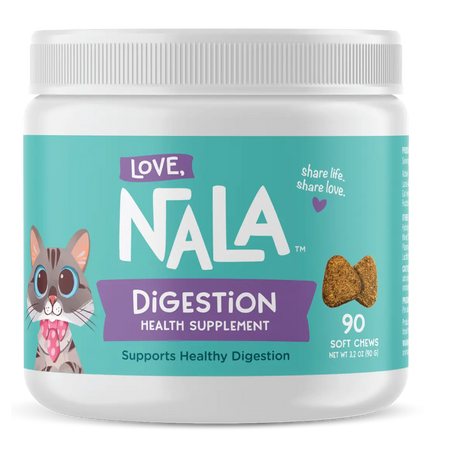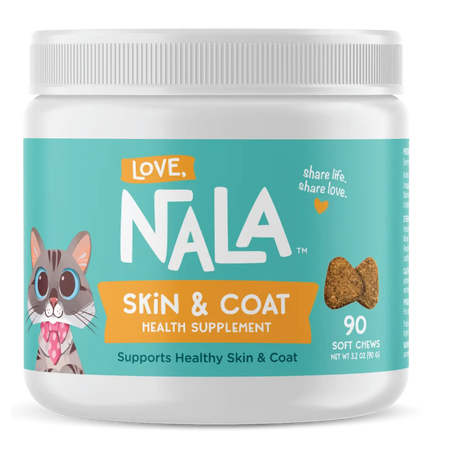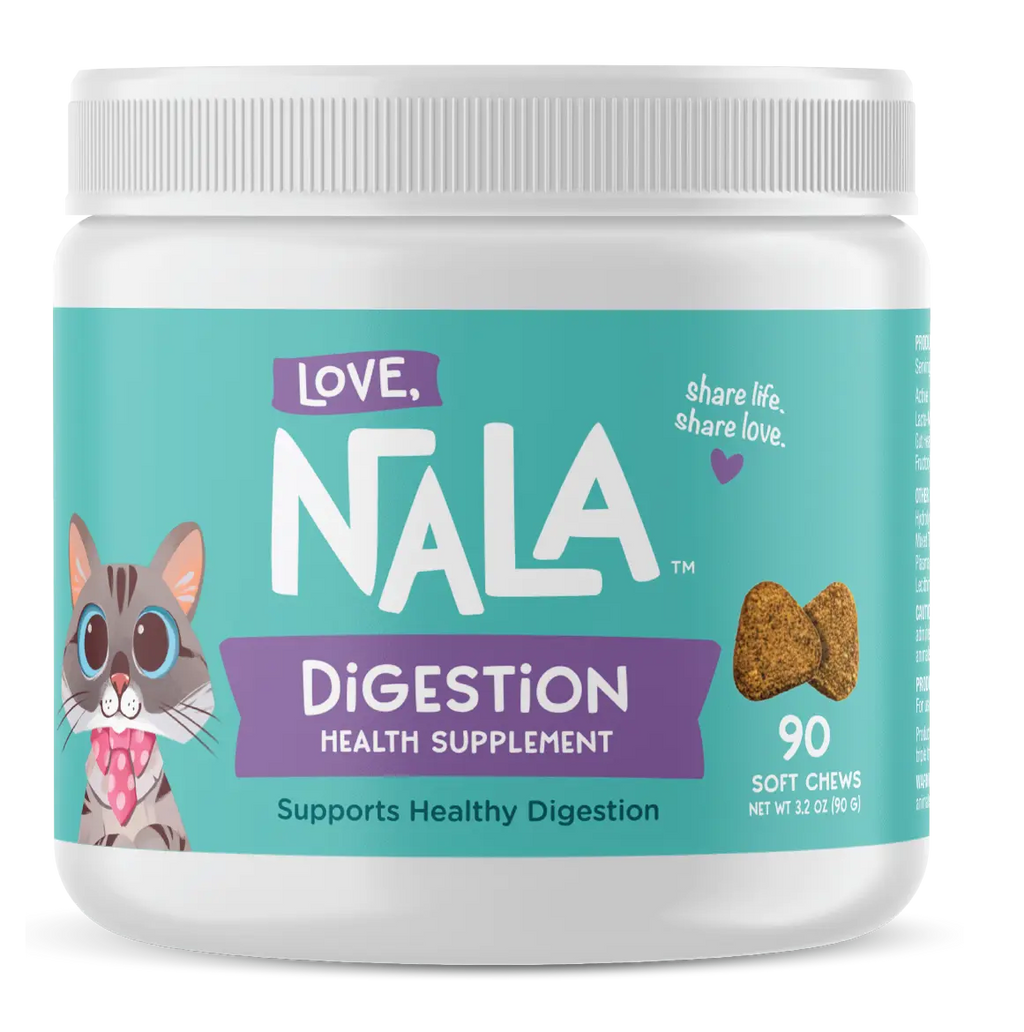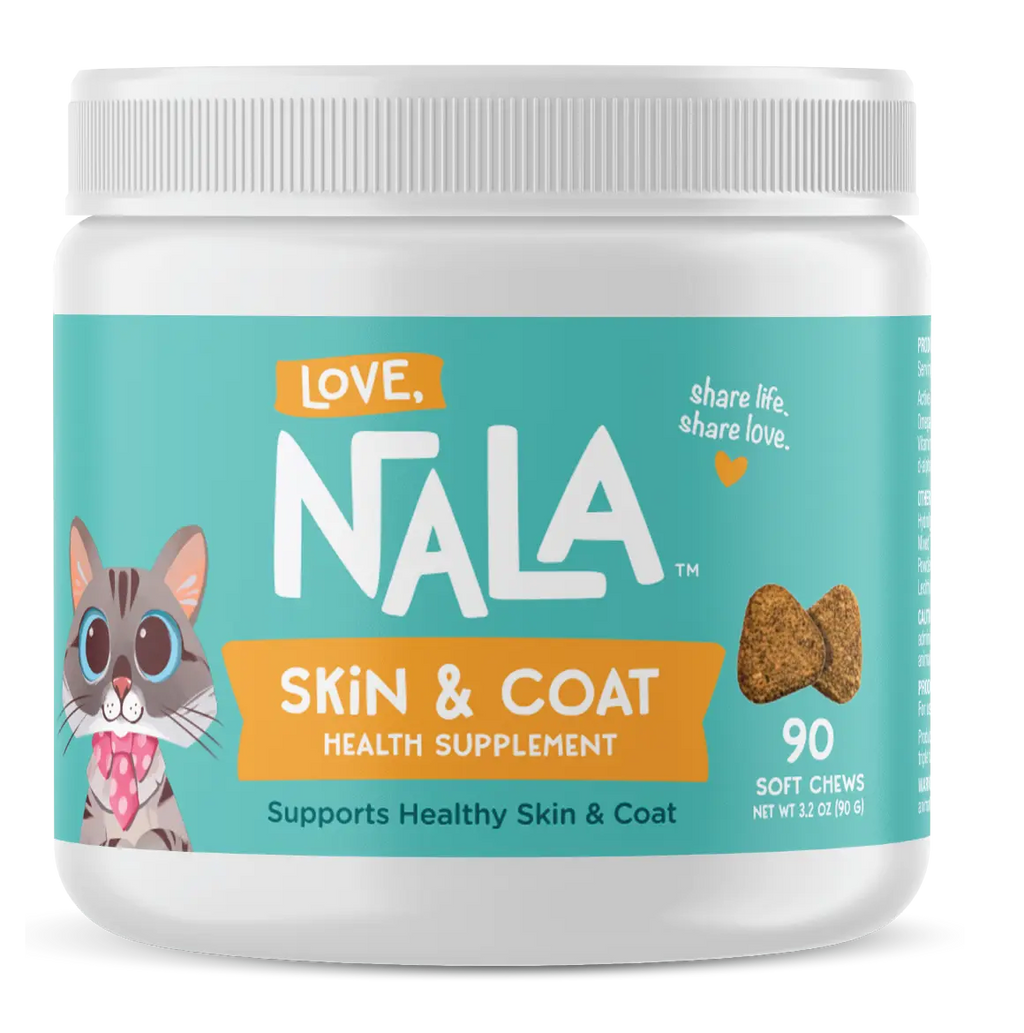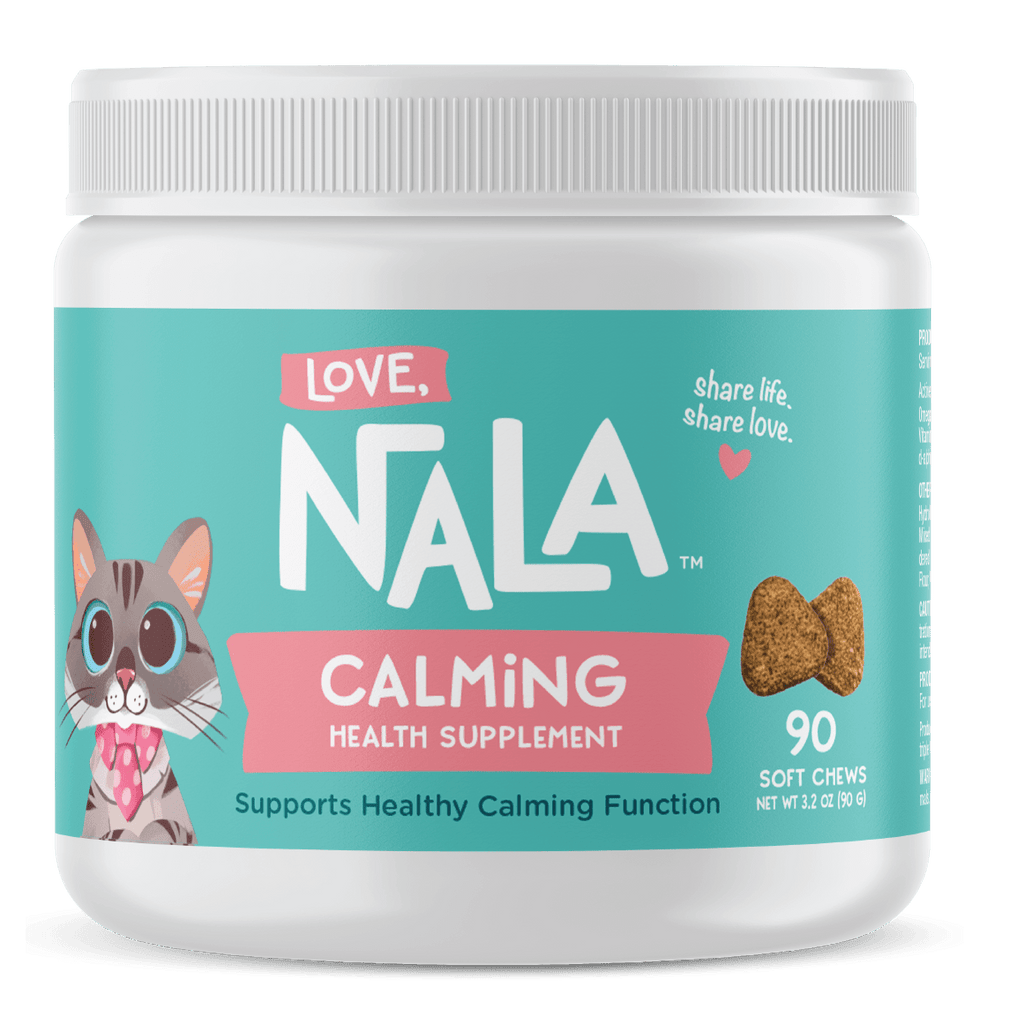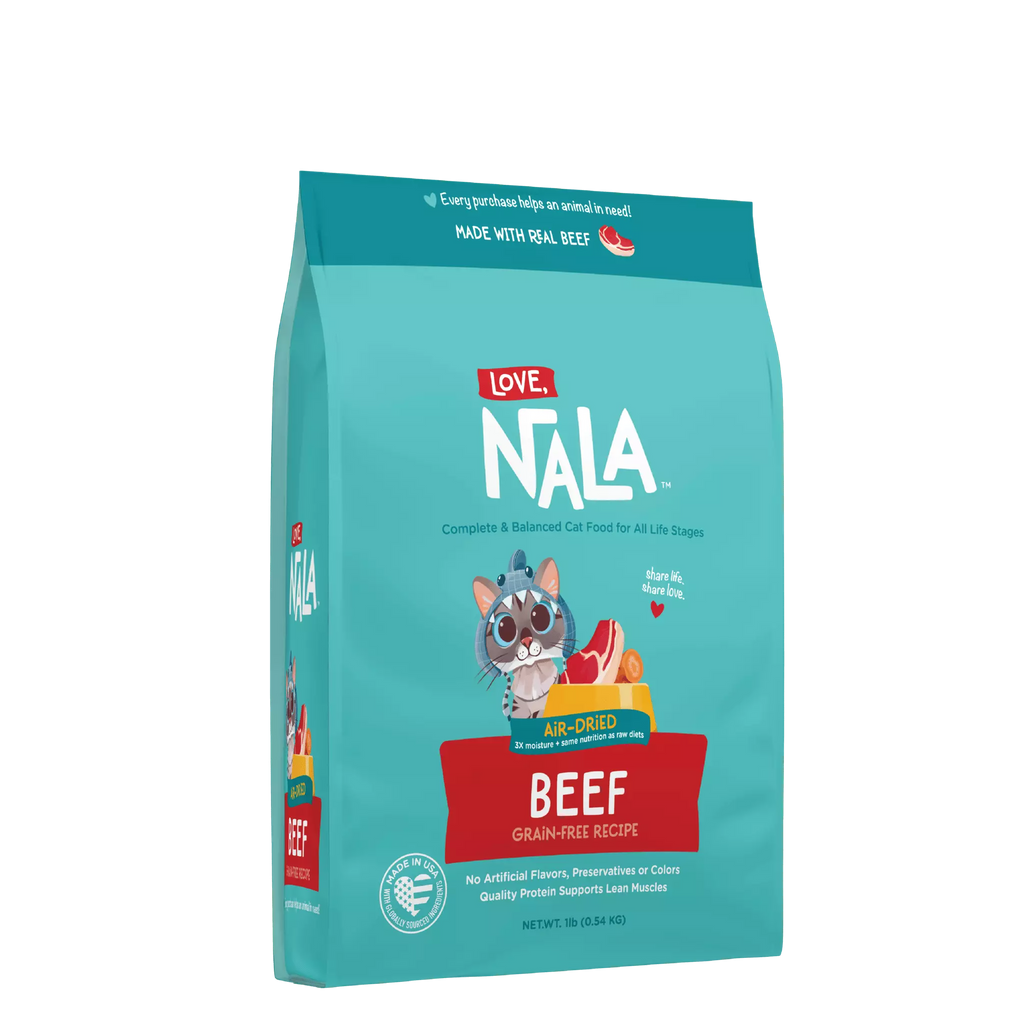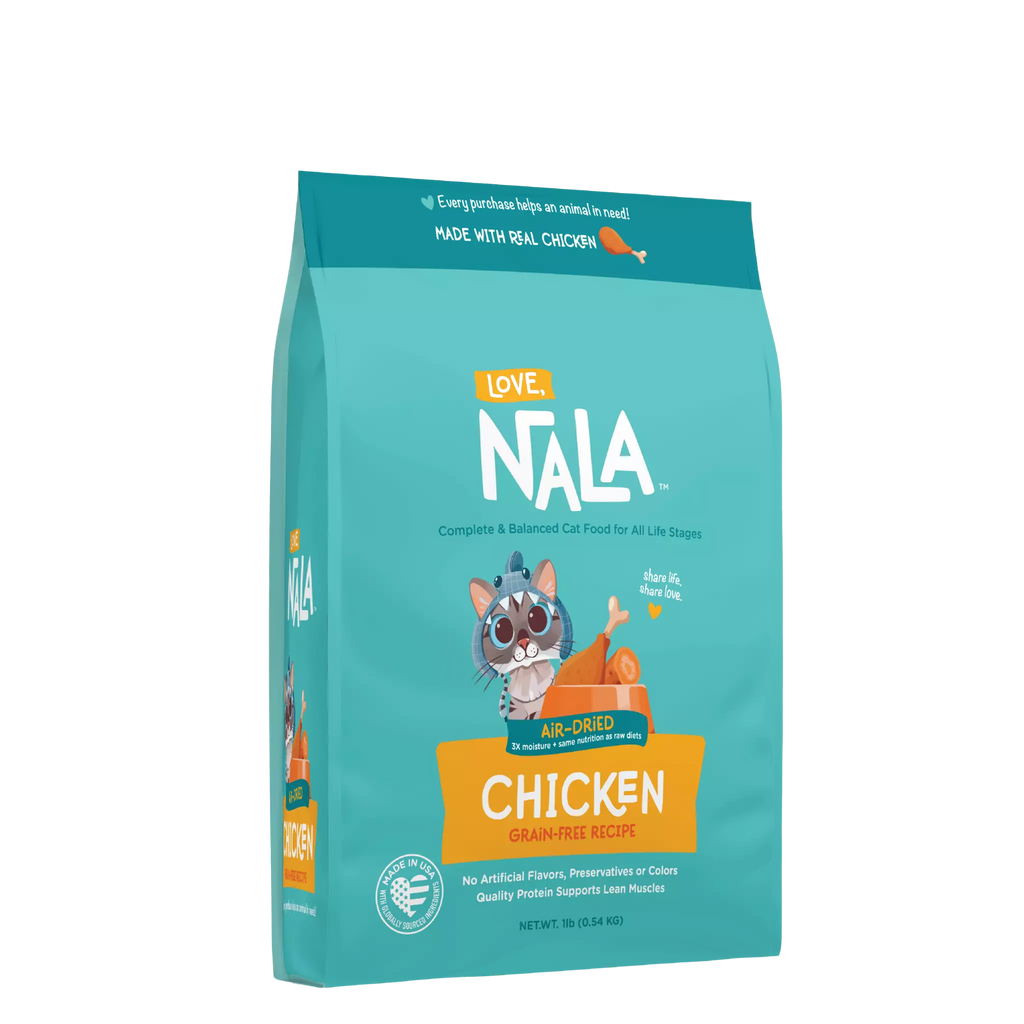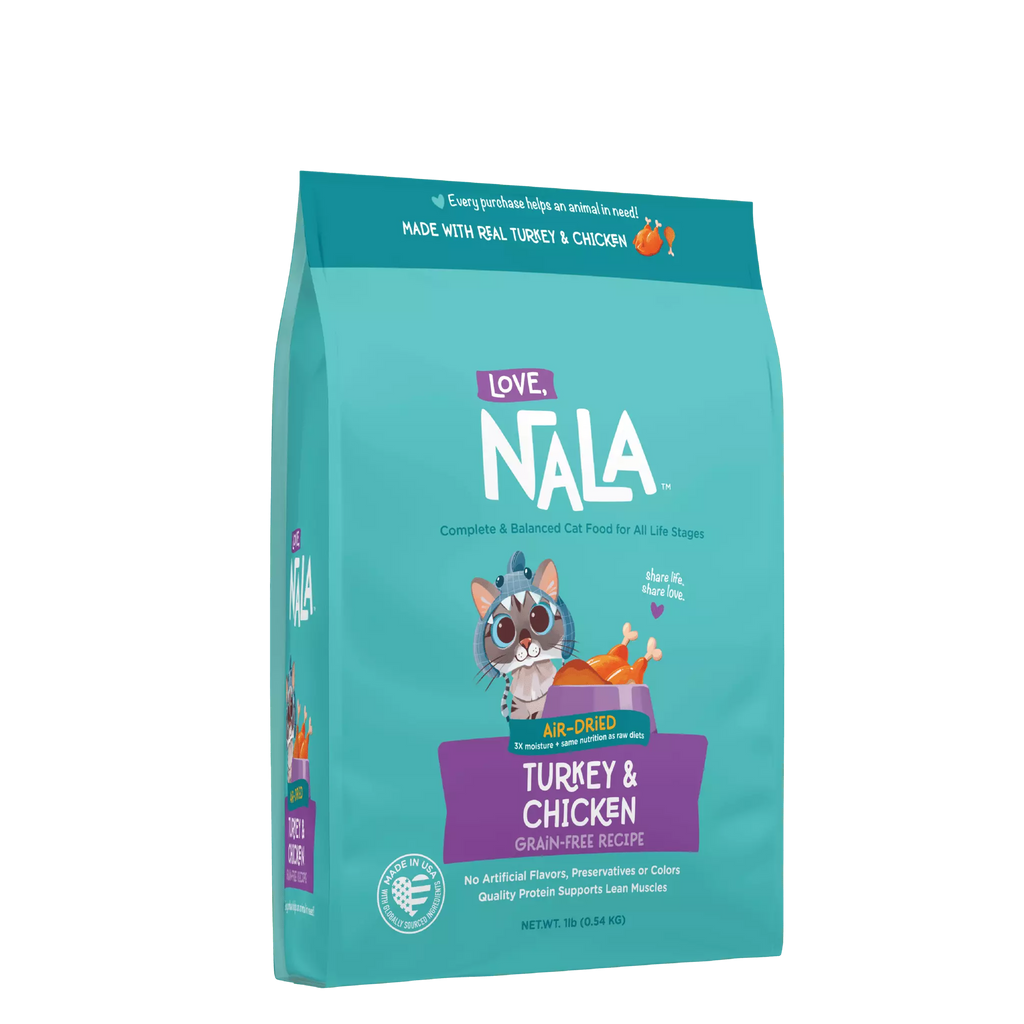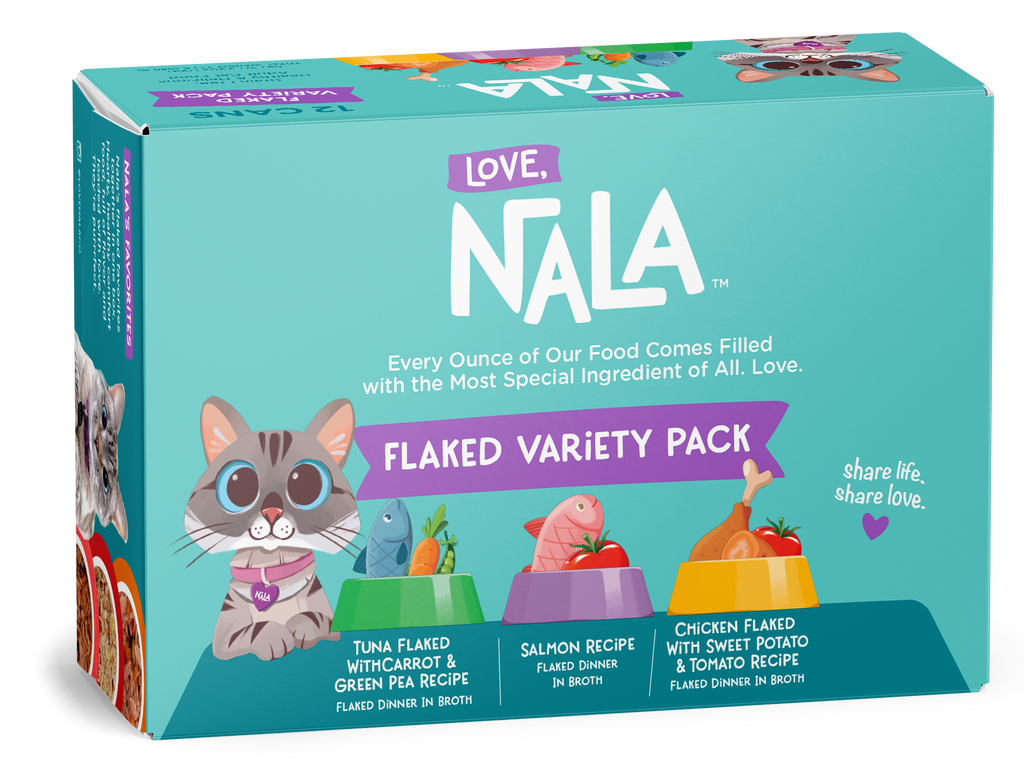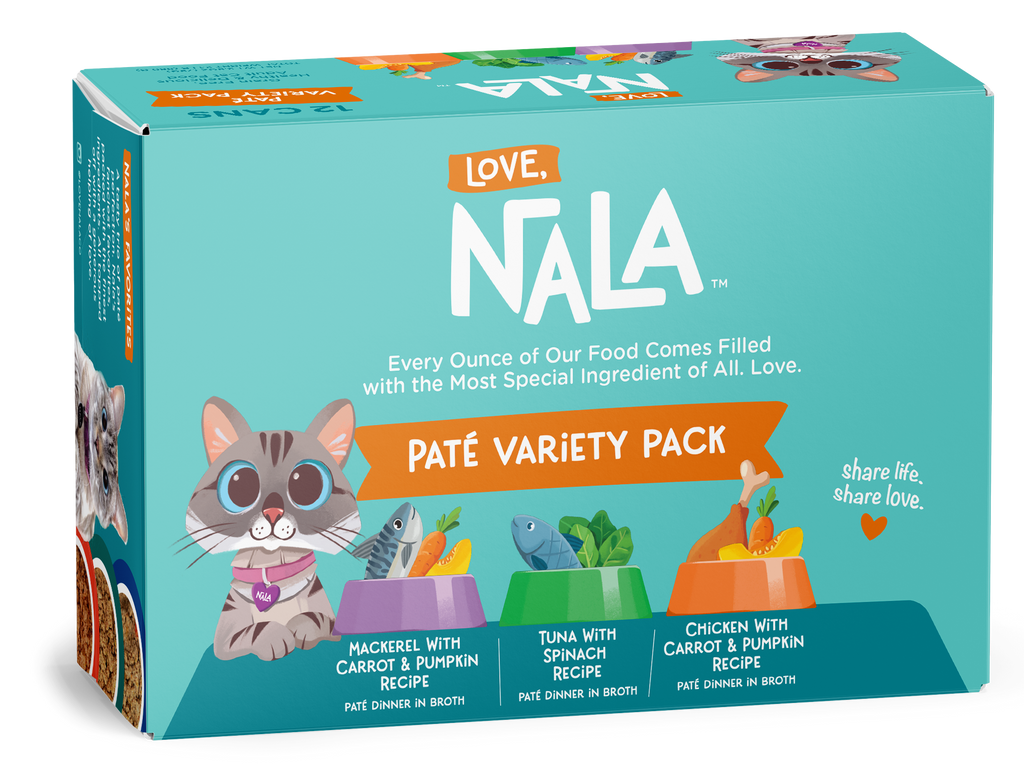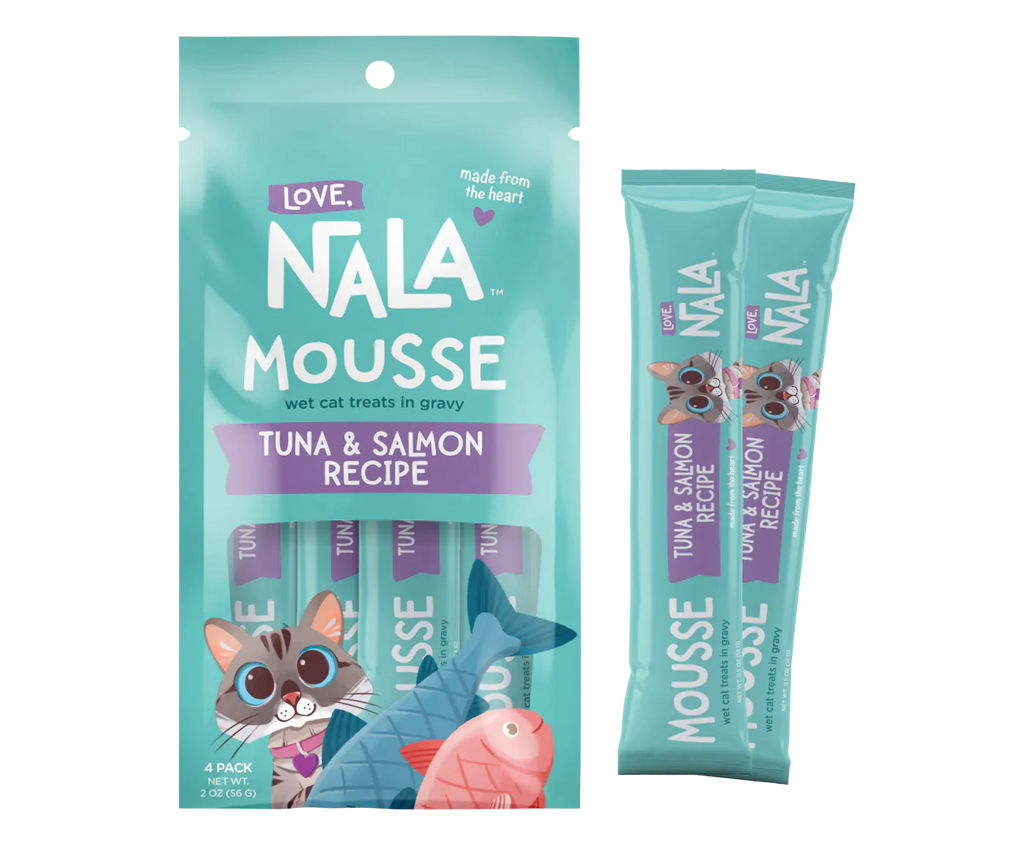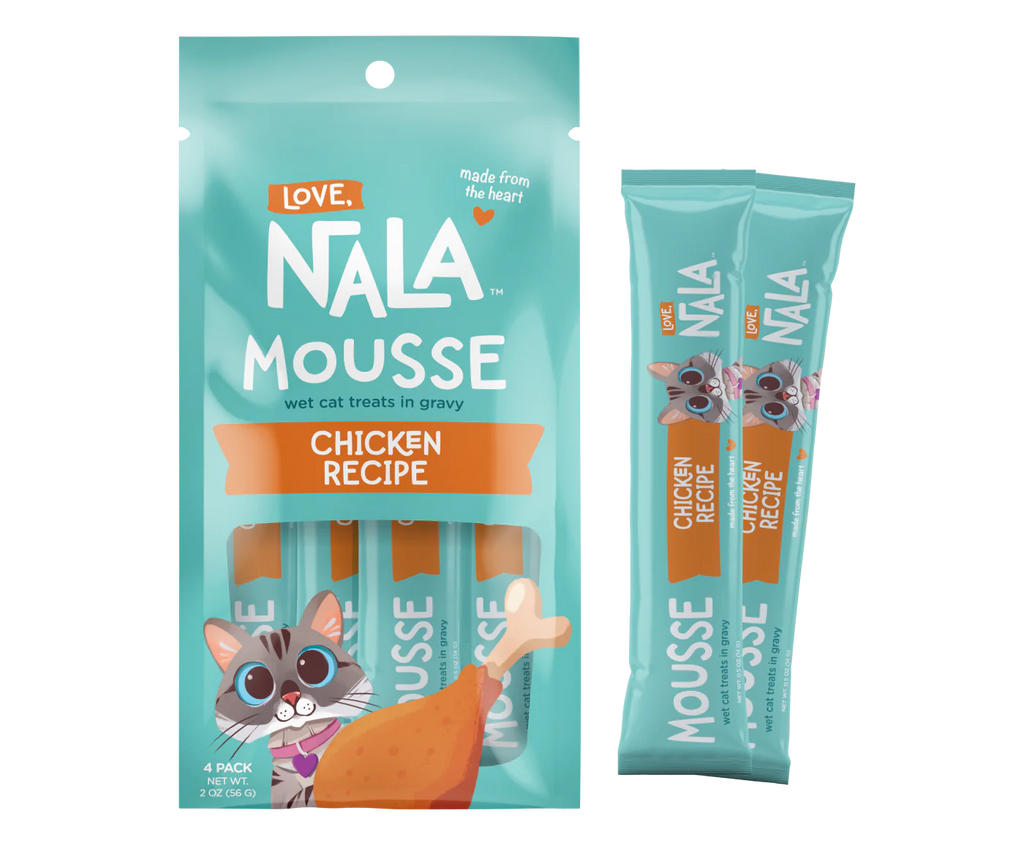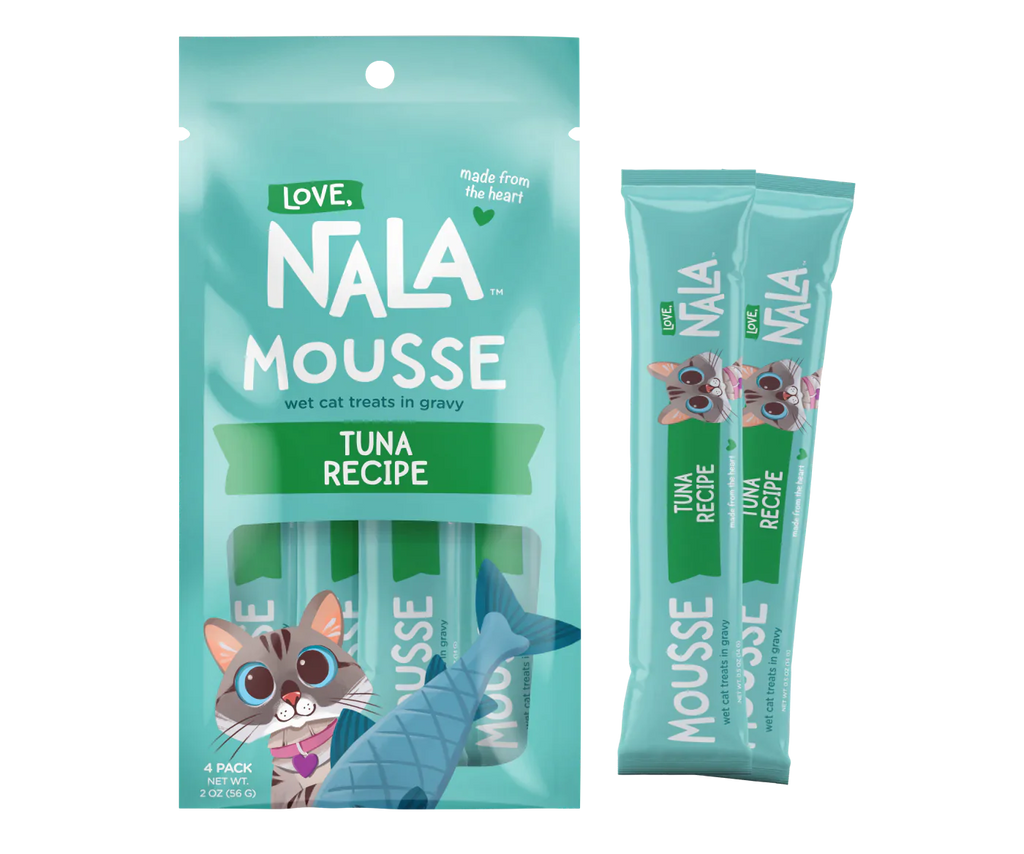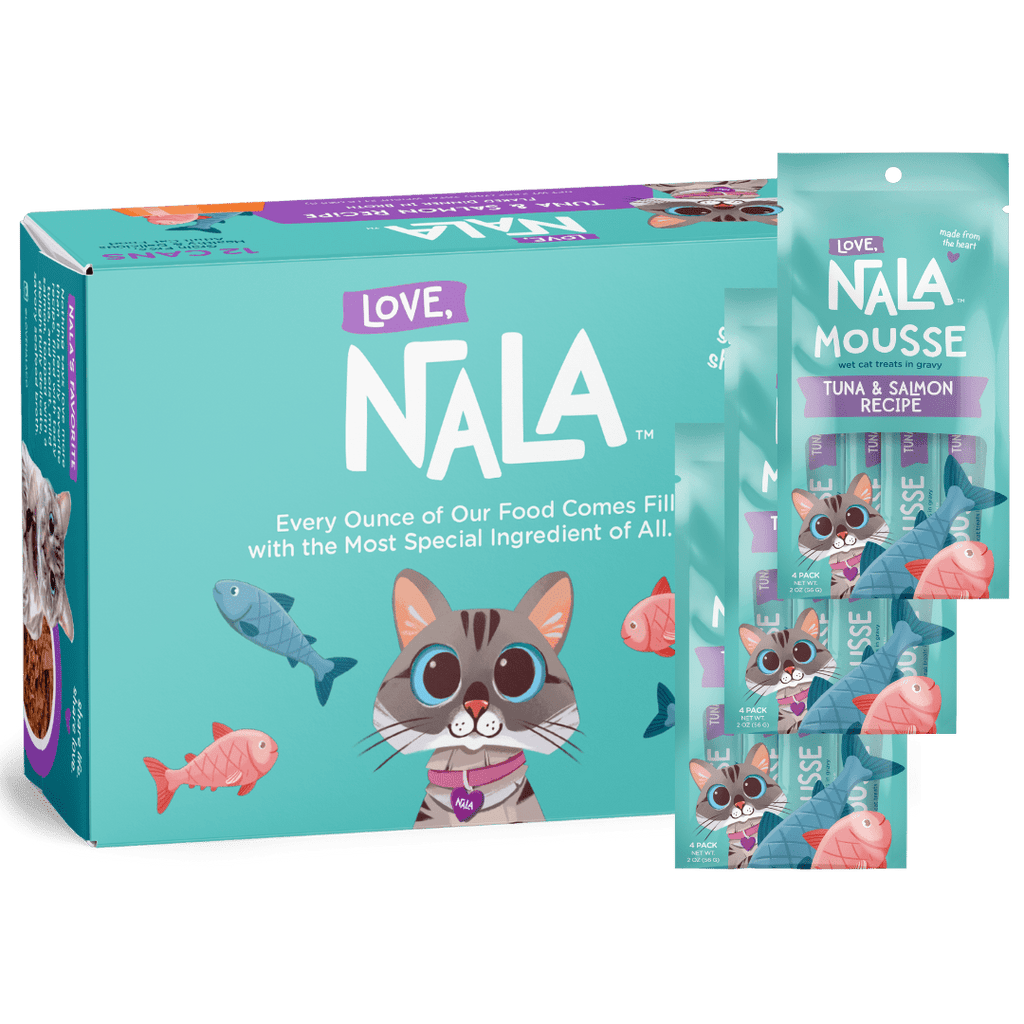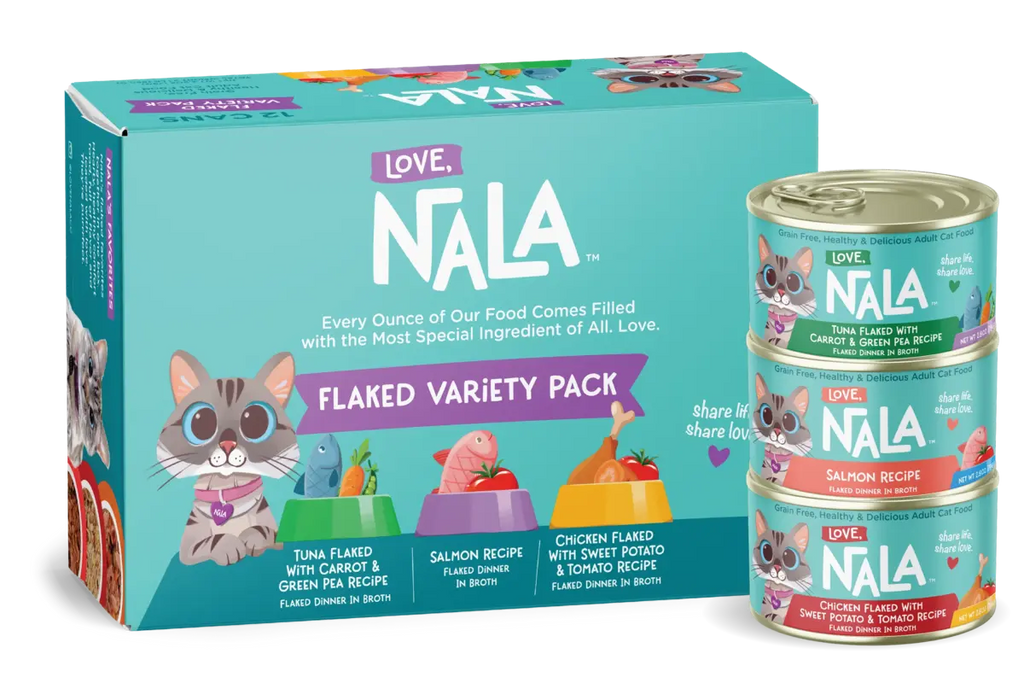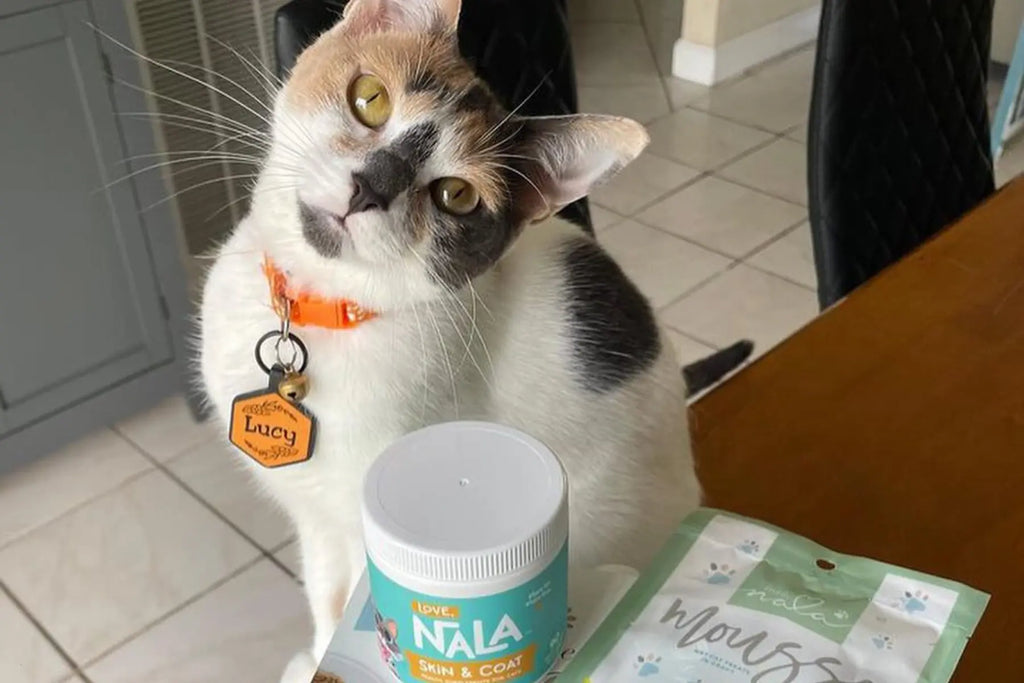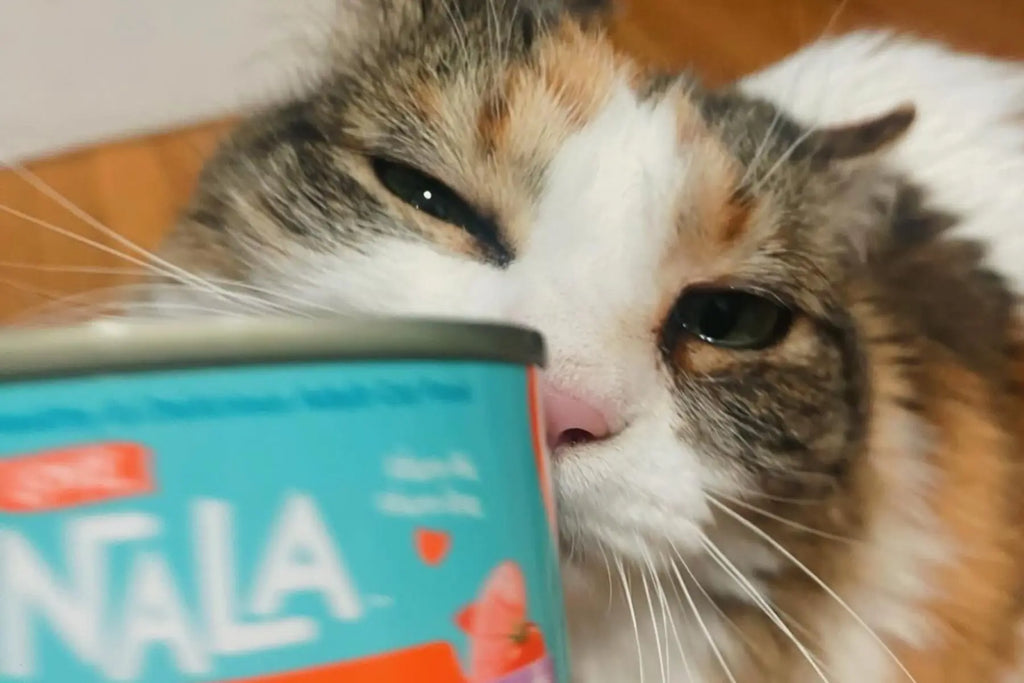Cats are not just pets; they're family members who bring joy and companionship into our lives. As responsible pet owners, it’s essential to pay attention to their dietary needs, especially as they age or their lifestyle changes. This is where diet cat food plays a critical role, particularly for those felines that need help in maintaining a healthy weight. This guide will walk you through the essentials of diet cat food, offering insights into how to manage your furry friend's weight without sacrificing nutrition or satisfaction.

Weight management in cats involves more than just reducing food intake; it’s about providing a balanced diet that meets their nutritional needs while helping them shed or maintain weight. High-protein diet cat food, for instance, can help in preserving muscle mass while losing fat. Understanding these principles is crucial in selecting the right diet food and feeding practices for your cat, ensuring they get all the necessary nutrients without the extra calories that lead to weight gain.
Components of an Effective Weight Control Diet for Cats
An effective diet for weight management in cats should center around high-protein diet cat food. Protein is essential for maintaining lean muscle mass even as your cat loses weight. A diet rich in high-quality animal proteins can also increase satiety, meaning your cat feels full and satisfied after meals, reducing the urge to overeat. Proteins should come from real meat sources like chicken, turkey, or fish to ensure they are complete and easily utilized by your cat's body.
Cats are obligate carnivores, which means their natural diet consists mostly of protein and fat, with very few carbohydrates. Low-carb diet cat food mimics this natural eating pattern, providing energy in a form that cats can use more efficiently. Reducing carbohydrate intake can help prevent spikes in blood sugar and may decrease the risk of diabetes. Foods with low glycemic ingredients, like certain vegetables and legumes, can be included to provide the necessary energy without the excess carbs.
The caloric content of your cat's food is a direct contributor to weight gain if not managed correctly. Opting for low-calorie cat food helps to control the amount of energy your cat consumes each day. These foods are often formulated to have less fat, which is calorie-dense, while still providing a complete nutritional profile. When choosing a low-calorie option, it is important to ensure that the food is still nutrient-rich, providing all the vitamins and minerals your cat needs.
In addition to proteins and fats, dietary fiber plays a crucial role in a cat's diet, especially for those on a weight management plan. Fiber-rich cat food can aid in digestive health, ensuring smooth bowel movements and helping to manage hairballs. Fiber also adds bulk to the diet, which can help your cat feel full without adding a lot of calories. This can prevent overeating and help your cat to naturally reduce their calorie intake.
Strategies for Introducing Diet Cat Food
Cats have sensitive digestive systems, so when transitioning to healthier cat food, it’s crucial to do it gradually. Abrupt changes can lead to gastrointestinal upset, which might include symptoms like vomiting or diarrhea. Start by mixing a small amount of the diet food with your cat’s current food, gradually increasing the proportion of the new food over a period of a few weeks. This slow transition gives your cat’s digestive system time to adjust to the new diet without causing undue stress.
Finding the right diet cat food for digestive health involves looking at the ingredients and nutritional content to ensure it aligns with your cat's health goals. Suitable options will have high protein content, low carbohydrates, and moderate fiber. They should also be low in calories but still provide a complete and balanced nutritional profile for your cat. Always check for a statement from the Association of American Feed Control Officials (AAFCO) on the packaging to ensure the food is formulated to meet nutritional levels established by the AAFCO Cat Food Nutrient Profiles.
Cats are notoriously picky eaters, and introducing a new diet can sometimes be a challenge. For effective weight loss cat food choices to be successful, they must also be palatable to your cat. You can encourage acceptance by choosing flavors and textures that your cat already enjoys. Some cats may prefer wet food over dry, or certain meat flavors like chicken or fish. You might also need to try different brands and formulas before finding one that your cat accepts.
As you introduce a new diet to your cat, it's important to watch their reaction closely. Monitoring your cat's reaction to new diet can provide valuable feedback. Are they eating the food willingly? Do they seem satisfied after meals? Are there any changes in their digestion or stool? Keep an eye out for any signs of food intolerance or allergies, such as itching or skin rashes, and be prepared to adjust the diet accordingly. Your cat's behavior and health will be the best indicators of how well the diet food is working.
Managing Portions and Feeding Frequency
To achieve weight loss in cats, it's essential to serve the right amount of food. Portion control in cat food diets must be precise since even a small amount of extra food can lead to weight gain over time. Start by checking the feeding guidelines on the diet cat food packaging, then adjust according to your cat's specific needs. It might be necessary to measure your cat's food with a kitchen scale or measuring cup to ensure accuracy. Regular weigh-ins at home or at the vet can help track progress and make portion adjustments as needed.
Cats naturally eat small, frequent meals throughout the day. Adapting your feeding routine to this natural behavior can aid in weight management. Multiple meal strategies for cat diets can help control hunger by spreading out the cat's calorie intake over the course of the day, which can prevent overeating at any single meal. This approach also keeps their metabolism active throughout the day, which can aid in weight loss and energy regulation.

Implementing a consistent feeding schedule can be instrumental in managing your cat’s weight. Using feeding schedules to control calorie intake ensures that your cat is receiving the right amount of food at the right times, which can help prevent begging and overfeeding. Automatic feeders can be a great tool in maintaining this consistency, especially for busy pet owners. They dispense set amounts of food at designated times, removing the temptation to give in to those pleading feline eyes.
An often-overlooked aspect of feline weight management is the adjustment of food portions based on a cat’s activity level and age. An active, younger cat may require more calories than an older, more sedentary one. Similarly, a cat that has been spayed or neutered typically needs fewer calories. Adjusting portions based on activity levels and age is critical to prevent weight gain and ensure your cat’s diet is supporting their lifestyle and physiological needs. Regular assessments of your cat's body condition and activity can guide these adjustments.
Involving Professionals in Your Cat’s Weight Management
Regular check-ins with your veterinarian play a crucial role in managing feline weight with diet food. Veterinarians can provide an objective assessment of your cat’s health and progress, helping to identify any underlying issues that might contribute to weight gain, such as thyroid problems or diabetes. During these visits, vets can also track your cat's weight accurately and suggest adjustments to their diet or exercise routines. Furthermore, they can help you understand the complexities of cat nutrition and how to apply them to your cat's specific situation, ensuring a safe and effective weight management plan.
When a cat is overweight, it may be at risk for a host of health issues, including diabetes, arthritis, and liver disease. A vet's insight is invaluable in addressing potential health concerns that arise during the course of weight management. They can conduct necessary tests to monitor your cat's health, interpret the results, and recommend dietary adjustments or medical interventions if needed. This professional guidance is essential to ensure that your cat's weight loss journey is as healthy and effective as possible.
Each cat is an individual with unique dietary needs that can change over time and with varying health statuses. Vet consultations for cat weight management are not a one-size-fits-all solution; instead, they should result in a customized diet plan tailored to your cat's specific needs. This personalized approach might consider your cat's breed, age, activity level, and any existing health conditions. A veterinarian can help design a diet plan that not only helps your cat lose weight but also supports their overall health.
A critical aspect of choosing the right diet cat food is understanding the nutritional balance in diet cat food. Your veterinarian can be a great resource in deciphering the often-complex nutritional information on cat food labels. They can explain the significance of protein-to-fat ratios, the role of carbohydrates, and the importance of vitamins and minerals in your cat’s diet. This knowledge is essential for selecting a diet food that offers a balanced nutrition profile suitable for weight loss without compromising your cat’s health.

Embarking on a journey of feline weight management can seem daunting at first, but with the right knowledge and tools, it can become a rewarding process. From understanding the role of high-protein, low-carb, and fiber-rich foods in your cat's diet to learning the importance of portion control and regular meal times, each step contributes to the ultimate goal of a healthier, happier cat. The transition to diet cat food must be gradual and monitored closely to ensure it's a pleasant experience for your cat, with regular vet check-ins to make sure their weight loss is on track and their health is optimal.
In conclusion, ensuring your cat maintains a healthy weight is not just about dieting but about creating a balanced, nutritious lifestyle that can be sustained over the long term. Diet cat food should provide all the essential nutrients without the excess calories, and it should be introduced thoughtfully to make sure your cat enjoys their meals and feels satisfied. Regular veterinary advice and careful monitoring of your cat's health and behavior are indispensable in this process. By taking these steps, you can help your feline friend lead a long, active, and healthy life.
